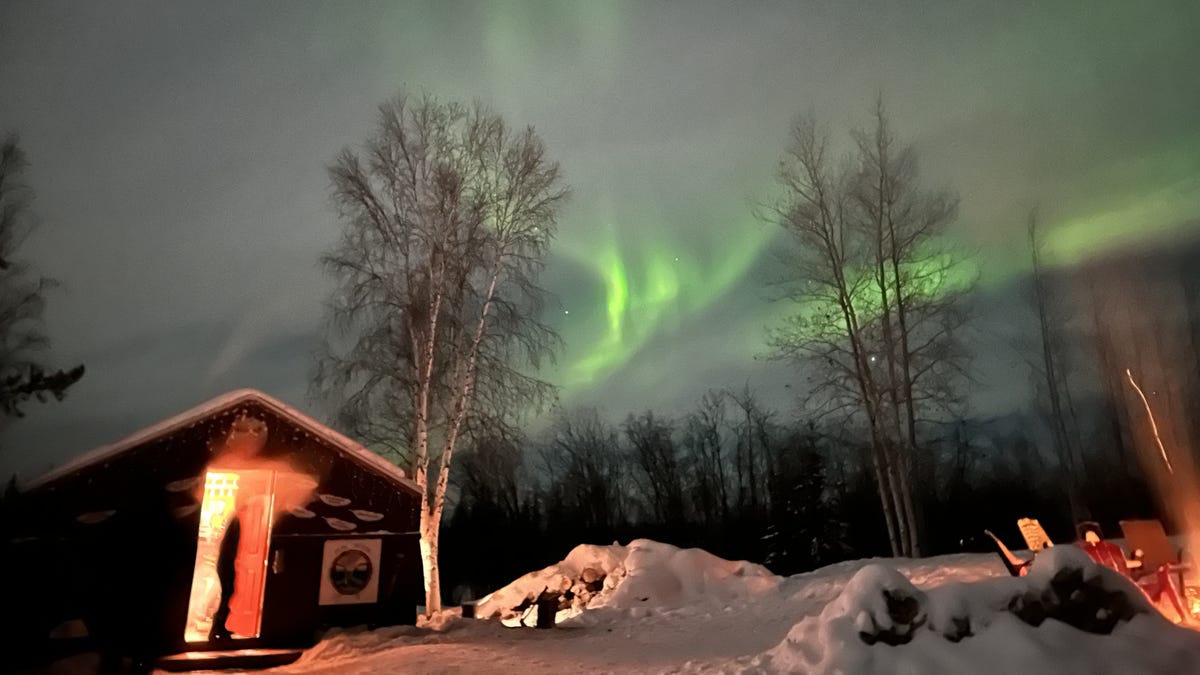
Northern Lights Spectacle: The Science Behind the Northern Lights
Have you ever wondered how the northern lights happen? Unique solar events sometimes allow northern US states to view the aurora borealis.
A “severe” solar storm hit Earth on Sunday, according to the National Oceanic and Atmospheric Administration's (NOAA) Space Weather Prediction Center, causing parts of the country to be able to see the aurora borealis.
On X, formerly Twitter, the prediction center said that a coronal mass ejection event arrived on Sunday and caused a G4 geomagnetic storm. The center said that the strong geomagnetic storm could continue through the rest of Sunday and into Monday.
SWPC warned that the storm could reach G3 strength on saturday.
“The public should not expect negative impacts and no action is required, but should stay properly informed of the progress of the storm by visiting our web page,” the forecast center said, noting that infrastructure operators have been notified.
The prediction center predicts that the northern lights could be seen as far south as northern Illinois and central Iowa.
NOAA Aura Forecast
What is a coronal mass ejection?
NASA Describes a coronal mass ejection In the form of “huge bubbles of coronal plasma linked by intense magnetic field lines that are ejected from the Sun over the course of several hours.” The space agency says they often look like a “huge twisted rope” and can occur with solar flares or explosions on the Sun's surface.




More Stories
Boeing May Not Be Able to Operate Starliner Before Space Station Is Destroyed
Prehistoric sea cow eaten by crocodile and shark, fossils say
UNC student to become youngest woman to cross space on Blue Origin